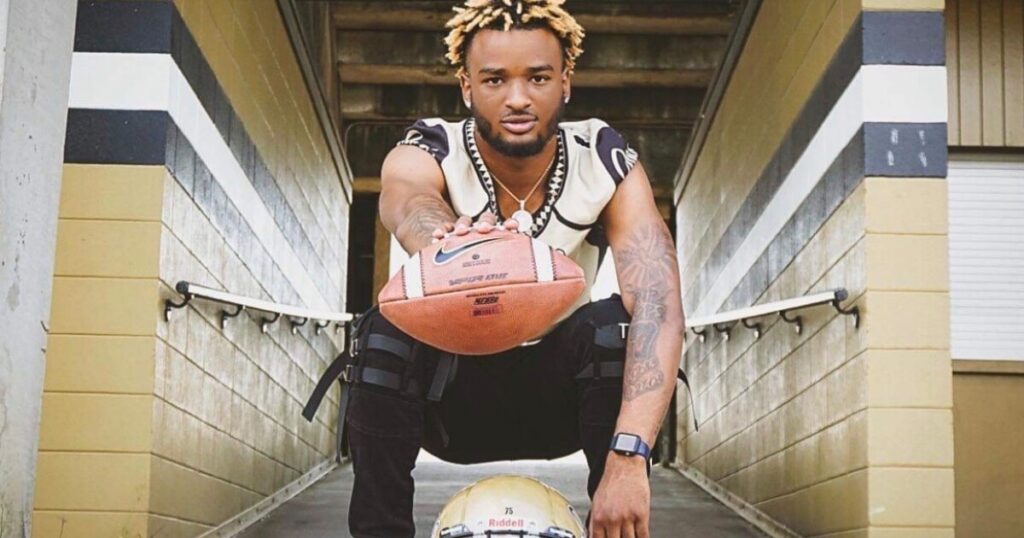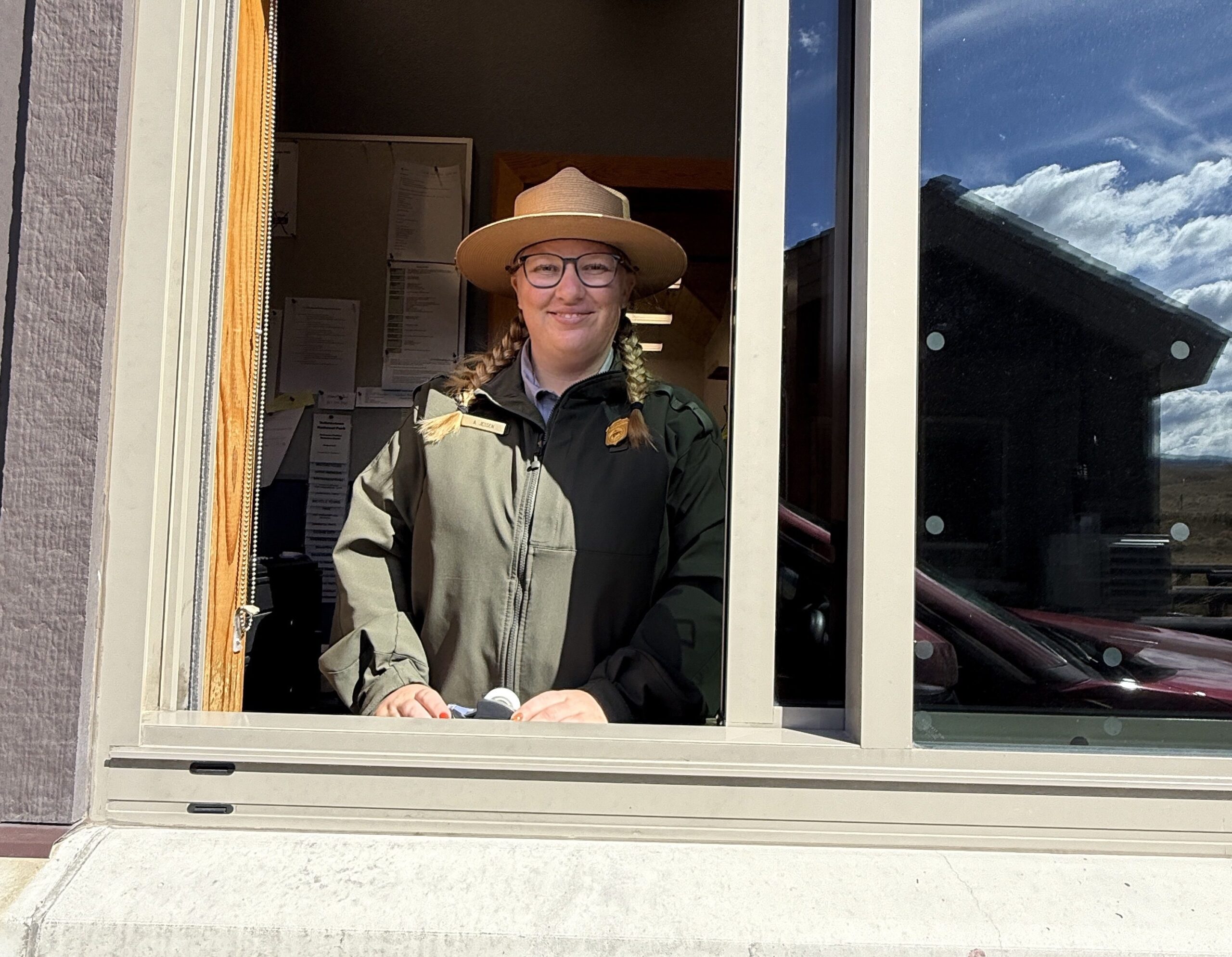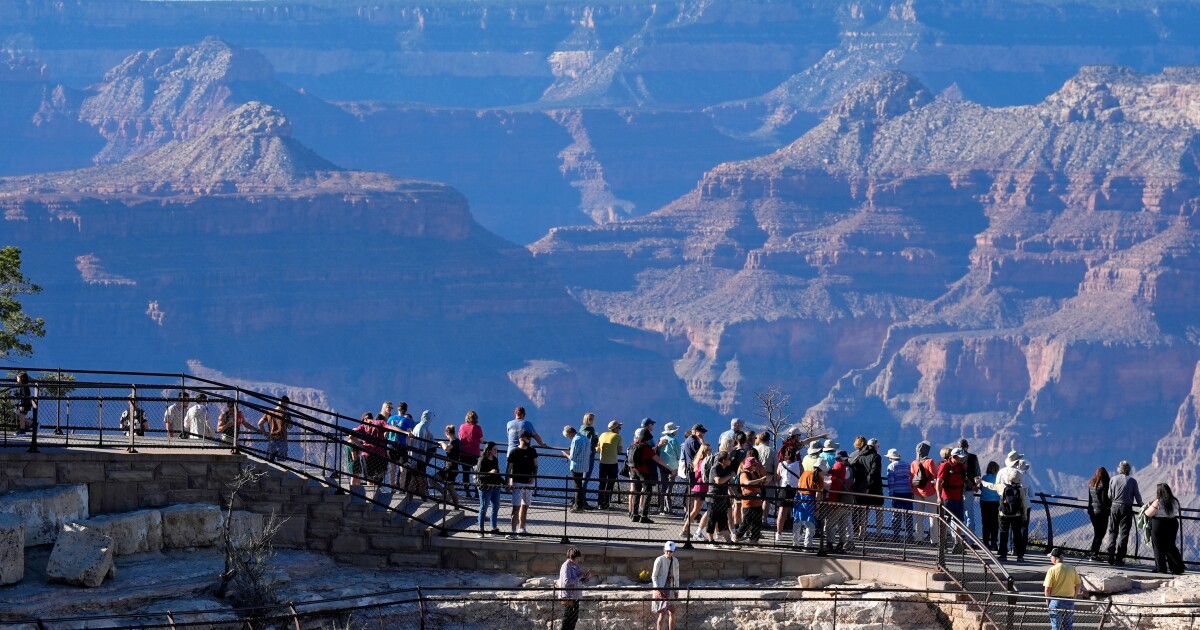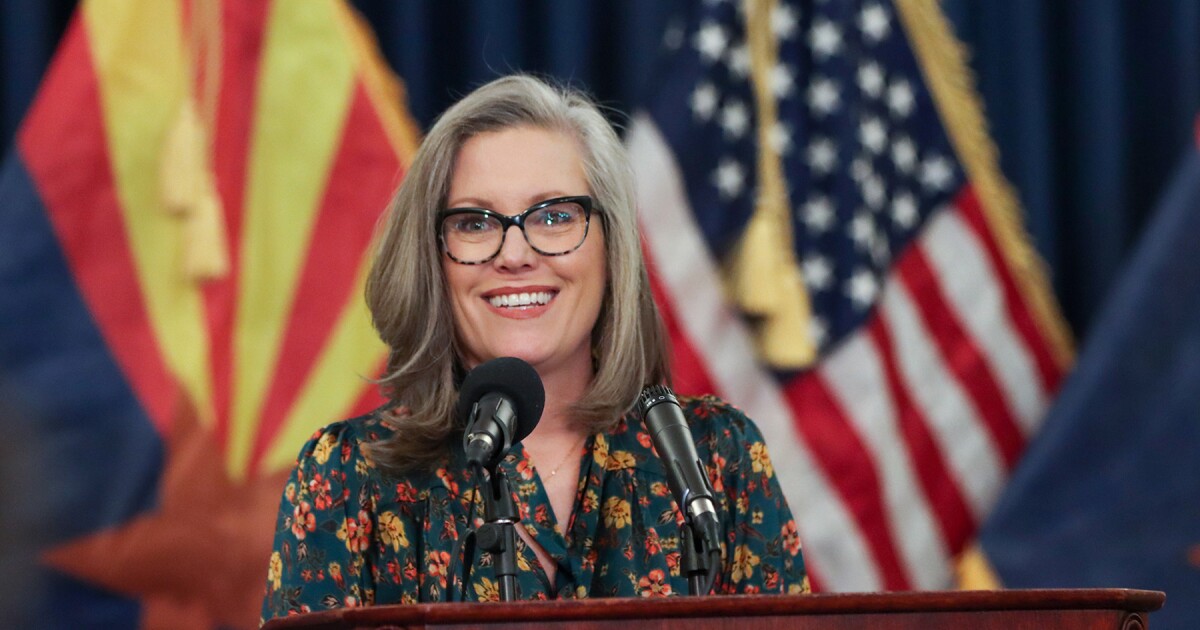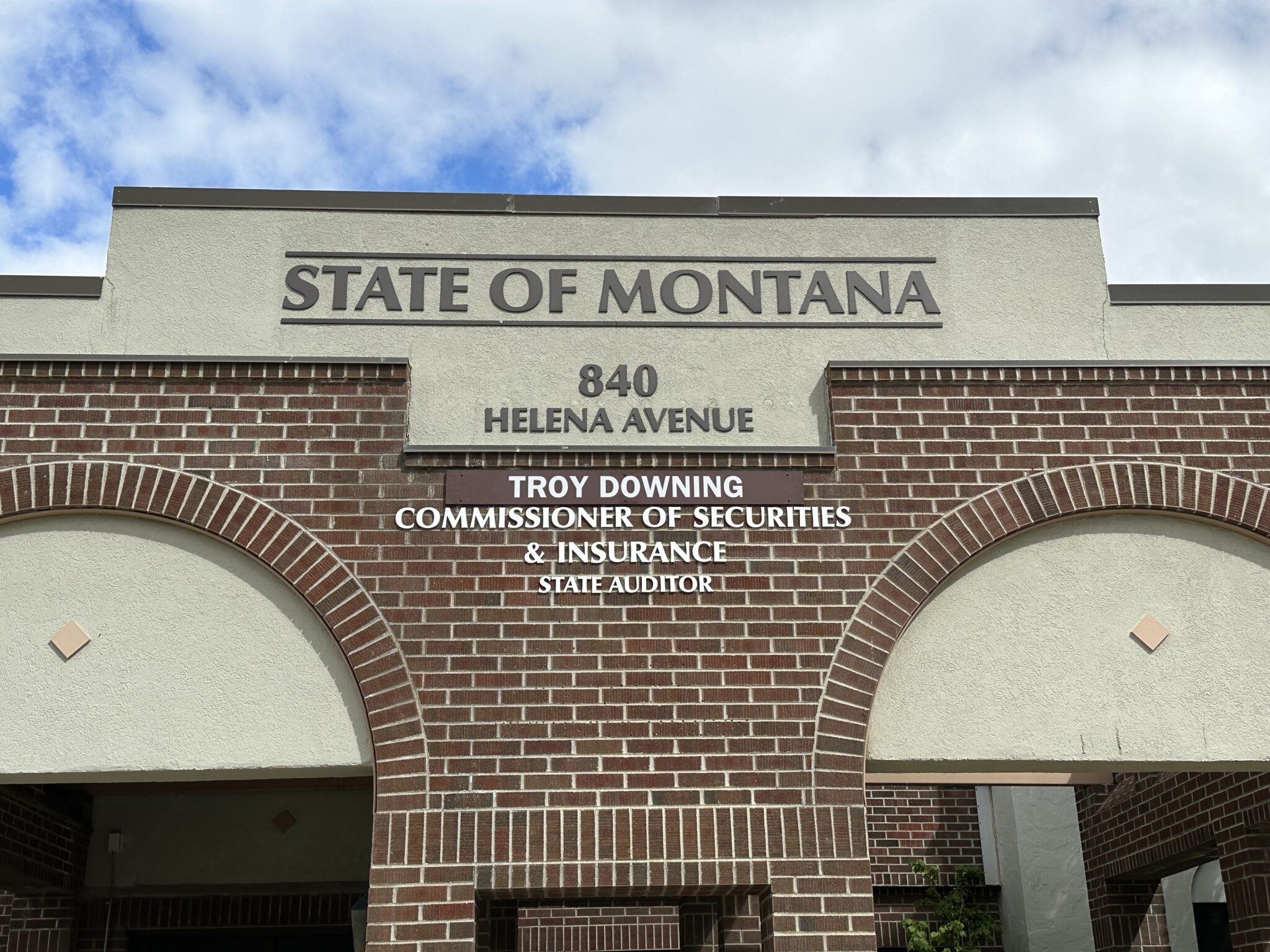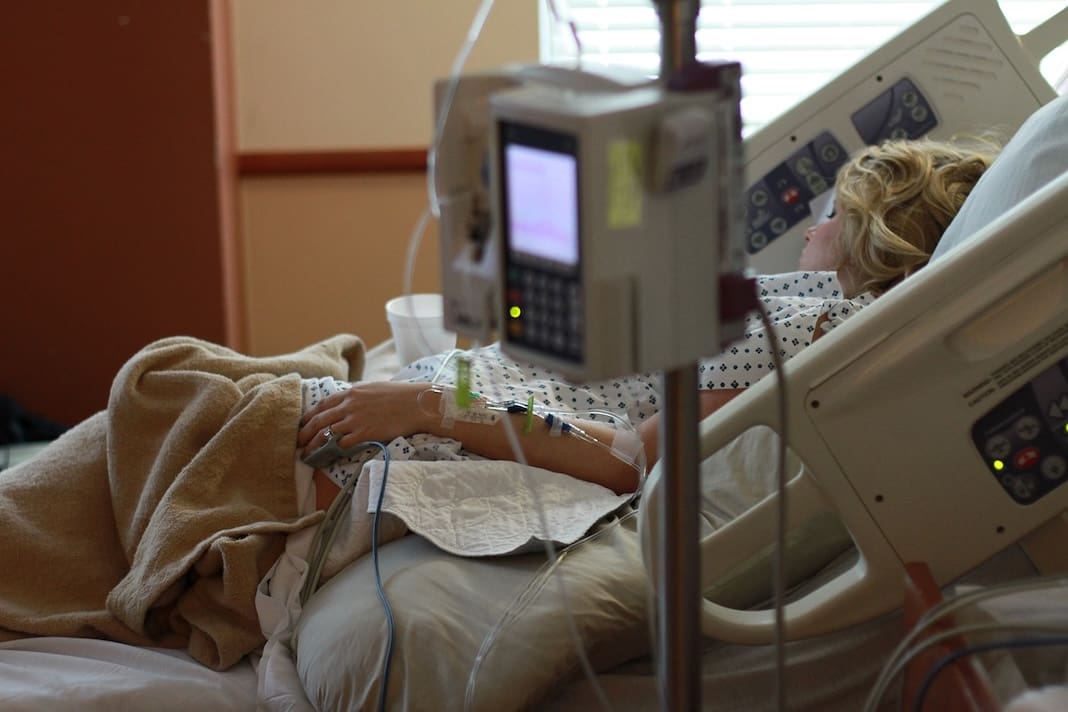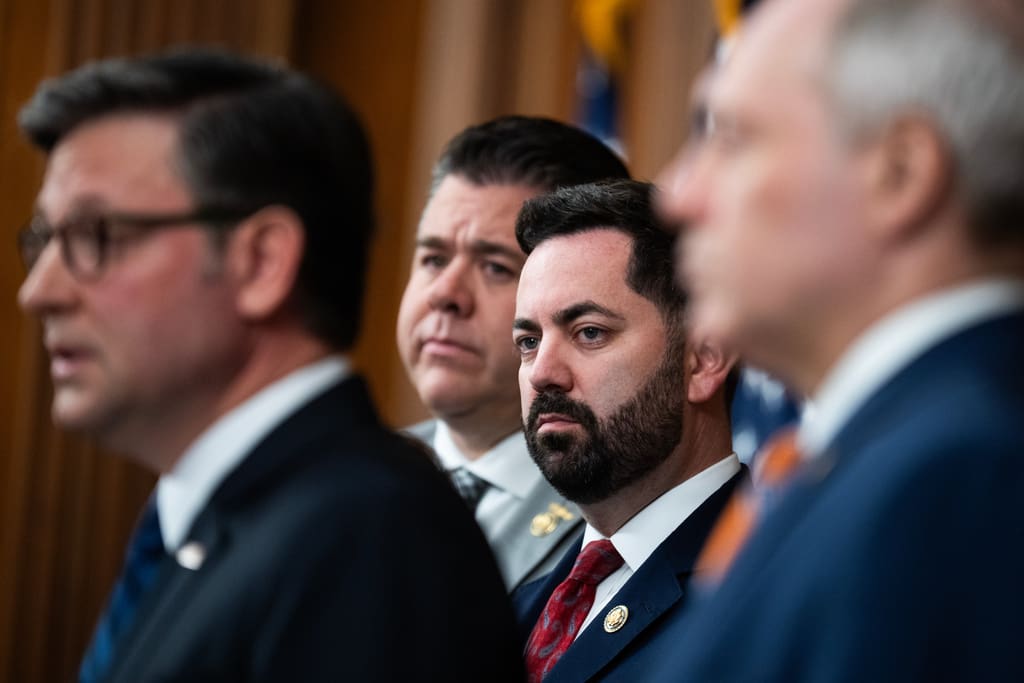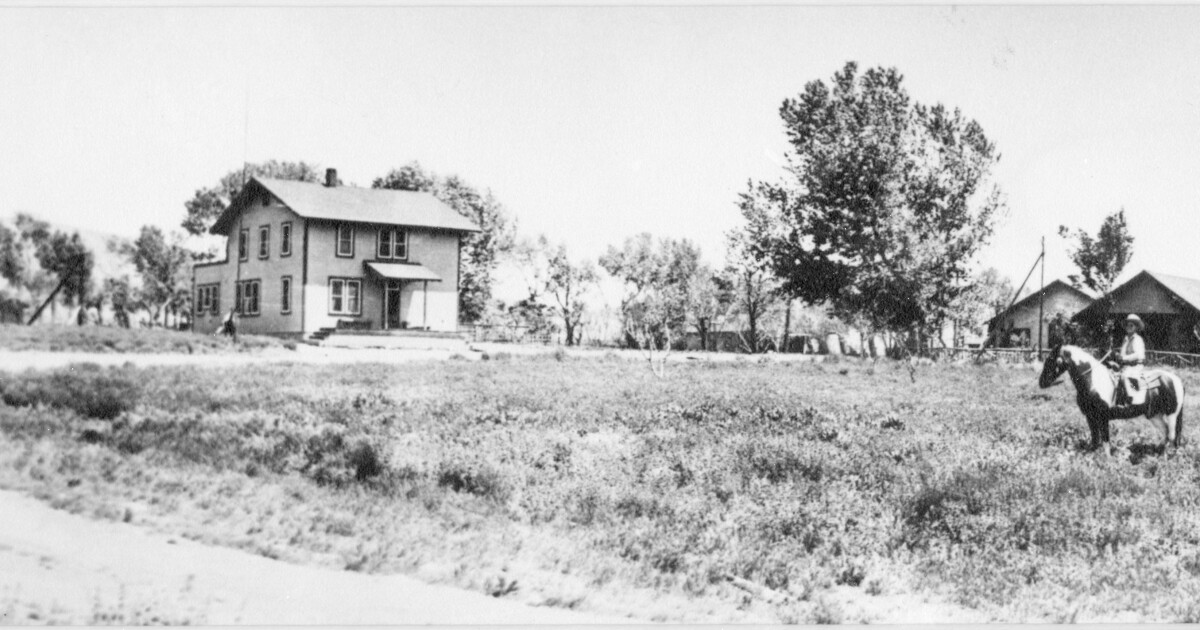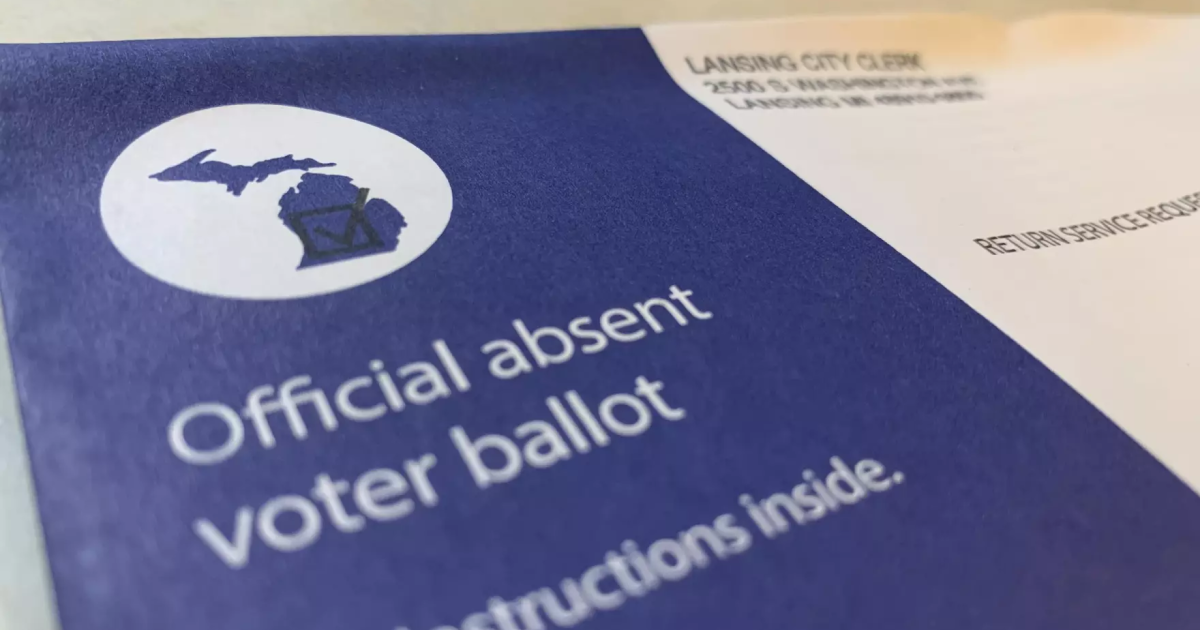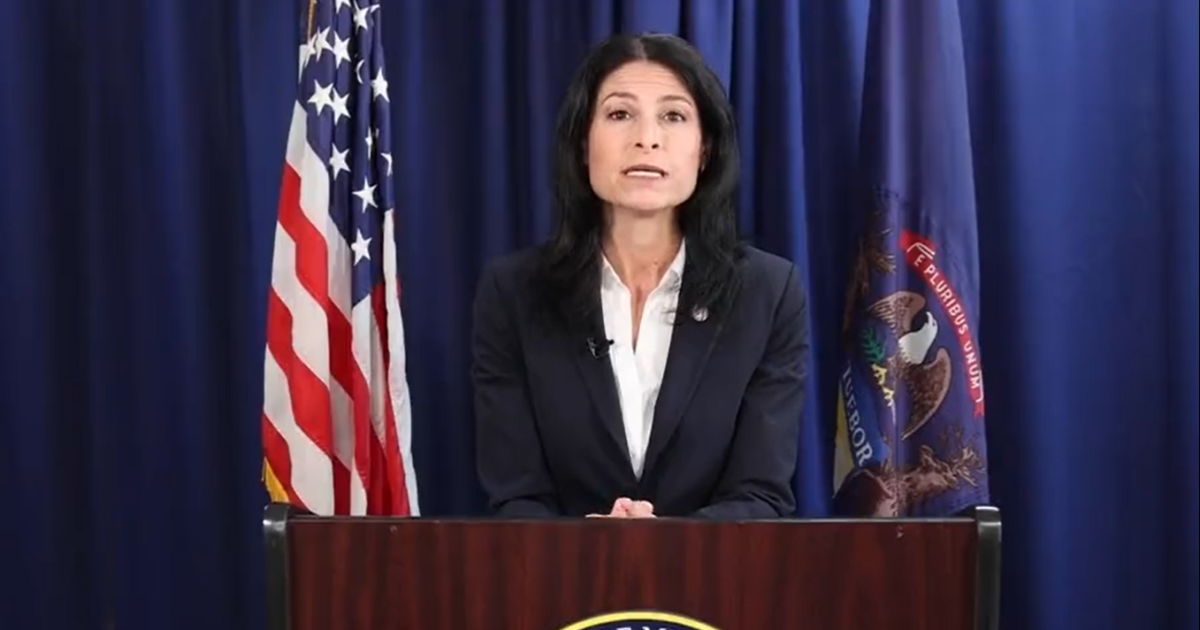In the small Louisiana town of Bogalusa, the shadows of a once-thriving mill town are now cast by rising gun violence, shaking the community’s core. Tajdryn Forbes, a young man full of promise, became one of the latest victims in August 2023, just before he planned to leave for a better future.
Forbes, remembered by his mother Naketra Guy as the “humble” and “respectful” leader of his family and community, was tragically shot near his mother’s home. This loss is a stark reminder of the pervasive gun violence that has plagued Bogalusa, a town grappling with poverty and a violent crime rate nearly double the national average.
The surge in gun violence since the pandemic has been part of a broader national trend, with Louisiana experiencing the country’s second-highest firearm death rate. In Bogalusa, a predominantly Black community, safety concerns have even disrupted high school football games, with teams refusing to play there.
Mayor Tyrin Truong, elected at 23 in 2022, came into office with a mission to tackle these entrenched issues, including youth programs and crime. “I ran for mayor because I got sick of seeing our city painted as mini-New Orleans,” he stated, referring to the high levels of youth gun violence.
However, Truong himself faced legal challenges when the Louisiana State Police arrested him in January on charges related to soliciting a prostitute and drug trafficking, which he has denied.
Gun violence in America is a pervasive issue, affecting communities beyond urban centers. In rural areas, the gun violence death rate was 40% higher than in metropolitan areas in 2020. Firearms have become the leading cause of death for children, with young Black individuals disproportionately affected.
Despite these alarming statistics, efforts to address gun violence often face political and economic hurdles. Former President Donald Trump’s administration rolled back initiatives aimed at curbing gun violence, supported by substantial political donations from the gun industry. Meanwhile, the Biden administration had pointed to a “historic spike in homicides” during the pandemic, impacting racially segregated and high-poverty neighborhoods the hardest.
Fred Clasen-Kelly/KFF Health News /
The politics surrounding gun violence prevention are complex and often hindered by powerful lobbying from the gun industry. The National Rifle Association and other groups have made significant political contributions, particularly to conservative causes, which has influenced gun legislation over the years.
In Bogalusa, the impact of gun violence is felt deeply by the community. The town has a long history of racial tension and economic decline, with many residents living in poverty. The once-thriving sawmill town has seen its population dwindle, and local leaders face challenges in addressing the root causes of violence.
Despite federal funding opportunities to address violence, local officials have faced scrutiny over the allocation of these resources. In Bogalusa, American Rescue Plan Act funds were not directed toward violence prevention, and audits have raised questions about the use of these funds for employee bonuses instead.
Mayor Truong has acknowledged the missed opportunities for violence prevention funding but has pointed to other efforts, such as a summer jobs program, as steps toward reducing crime. The town has seen a decrease in homicides, from nine in 2022 to two in 2024, which Truong attributes to keeping youth engaged.
The tragic loss of Tajdryn Forbes serves as a painful reminder of the ongoing battle against gun violence in Bogalusa. His dreams of leaving the violence behind were cut short, leaving his family and community to grapple with the aftermath of his death and the persistent challenges facing their town.
KFF Health News is a national newsroom that produces in-depth journalism about health issues and is one of the core operating programs at KFF.
Copyright 2025 NPR
—
Read More Michigan News

